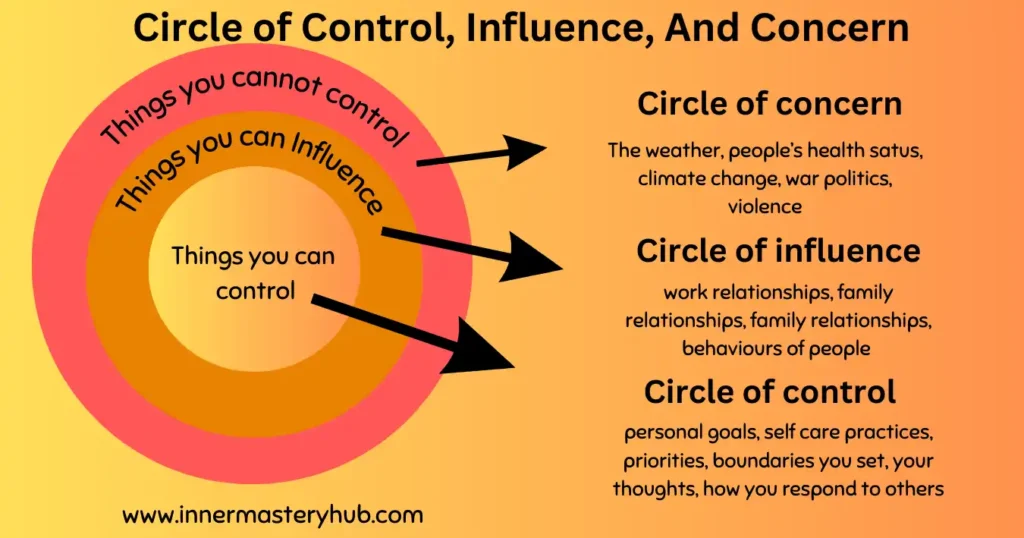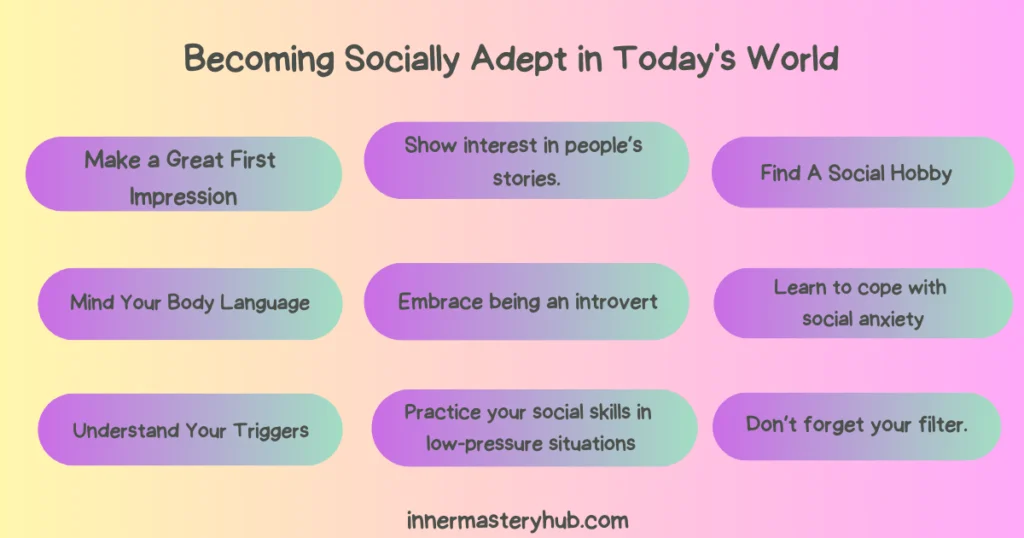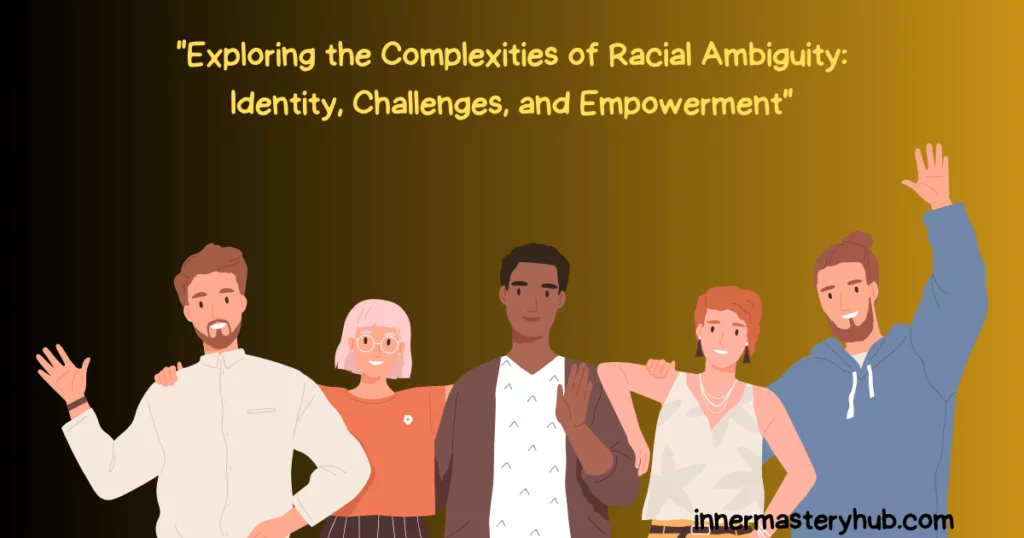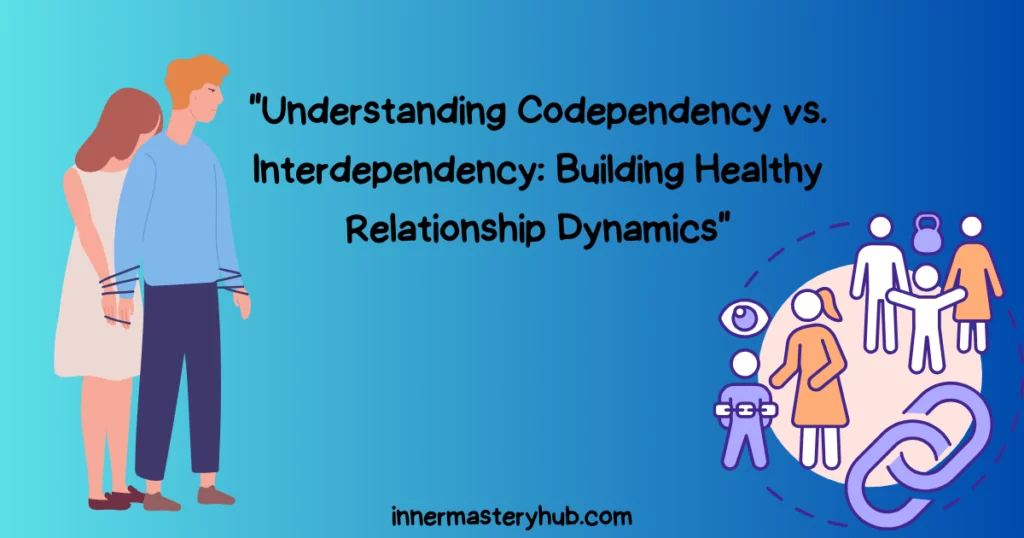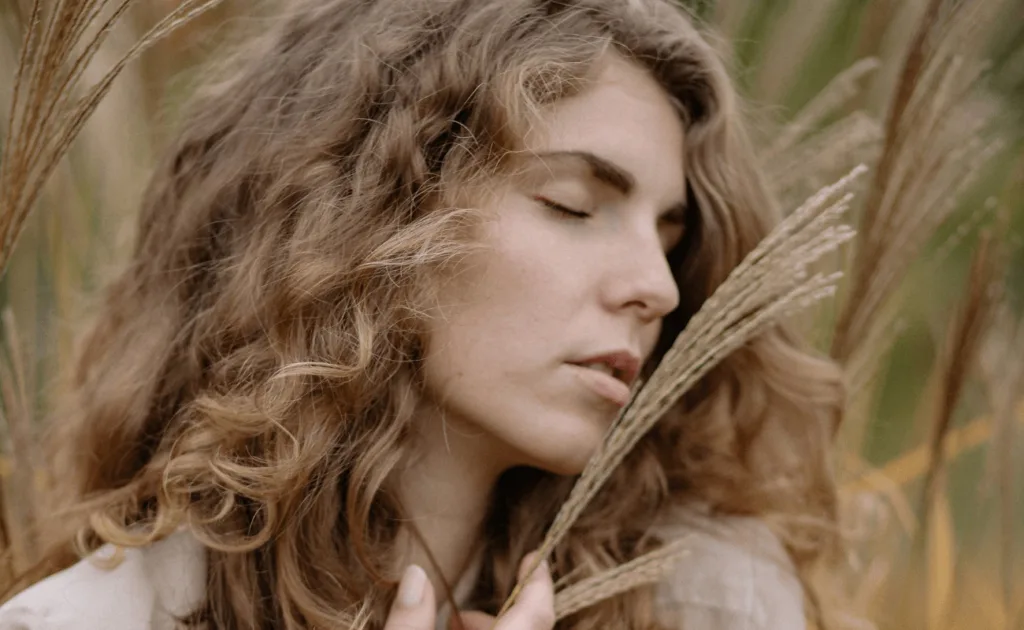
The mother archetype refers to the universal human experience of providing protection, guidance, and care that crosses cultural barriers. Whether you are a parent or not, the essence of maternal power resides within you, influencing your relationships, objectives, and perspective.
Join us as we explore the mother archetype’s stories, psychology, and cultural symbolism. You’ll learn how it shaped your identity, relationships, and personal growth.
Prepare to awaken and explore the mother archetype within you and go on a unique path of self-discovery and empowerment. We should honor this fundamental part of the human psyche and use it to change our lives.
Table of Contents
What is the mother archetype?
Carl Jung, the Swiss psychiatrist and pioneer of analytical psychology, explored the collective conscious and unconscious, where archetypes are fundamental symbols and patterns. The mother figure symbolizes nurturer, protection, and transformation in these archetypes.
The mother archetype’s idealized version can be found in many different cultures and mythologies across the globe. Some examples of these forms are earth moms, maternal goddesses, and heavenly nurturers. The enduring and universal role of the mother archetype in influencing human lives and interpersonal connections is shown in these expressions.
Psychologically speaking, people are greatly impacted by the mother archetype, which affects their relationships, behaviors, and perspectives. It can show up in a person’s relationship with their biological mother, a form of personal mother, as well as in more general relationships with mentors, authoritative figures, or caretakers. Examples of the mother archetypes and mother symbols are:
- Molly Weasley in J.K. Rowling’s Harry Potter series exemplifies the caring and protective nature of the mother archetype, fiercely defending her children and their friends.
- Marmee March from Louisa May Alcott’s “Little Women” represents maternal wisdom, strength, and compassion, guiding her daughters through life’s challenges with love and understanding.
In addition, the archetypal mother is essential to the individuation process—that is, the path toward completeness and self-realization.
Characteristics of the mother archetype
The following significant characteristics, which are profoundly embedded in the collective unconscious, define the mother archetype:
The Mother Archetype and Protective Instincts
The idealized mother showers people under her care with unwavering love and care, much like a mother does for her children. This nurturing includes providing physical nourishment, emotional support, direction, and encouragement. The mother archetype is a life force energy, that aims to promote development and growth, wanting the people under her care to prosper under her unconditional love.
She can occasionally manifest in a more sinister manner. When these inclinations are distorted or overstated, the archetype might appear as a possessive and domineering feminine energy figure. This distortion might result in behaviors marked by manipulation, controlling behavior that is too much, and a hard time letting go.
Despite these challenges, the mother archetype can often be a source of life and protection for the weak. Whether loving or overprotective, the mother archetype continues to shape human behavior and storytelling, reflecting the perennial themes of love, sacrifice, and the intricacies of human relationships.
The mother archetype and the child
The mother archetype’s core depends on having a “child” or something on which its figurative protective tendencies are focused. The mother archetype derives its identity and purpose from providing care and protection for its charges, be it biological offspring, another person, a community, or even an idea.
The mother archetype is motivated by this yearning for a kid, which gives it a sense of fulfillment and direction. The archetype’s natural nurturing impulse drives it to give people under its care love, direction, fertility, and support.
If carried too far, this mother archetype trait could, nevertheless, also wander into darker regions. The mother archetype may turn to controlling or abusive behavior to keep its connection with its “children” when the yearning for a kid becomes obsessive or possessive. This may take the form of manipulative behavior, oppressive control, or even verbal or physical abuse.
The Romanticization of the Mother Archetype
The mother archetype is romanticized and stereotyped to fit rigid norms. Many legends present the mother as either exceedingly noble or irredeemably wicked, with little nuance or depth.
This idealization turns the mother figure into a perfect hero or a villain. The grey parts of human nature are rarely explored in mother archetype character designs.
Romanticizing the mother image promotes societal parenting standards, including altruism, care, and sacrifice. However, this simple depiction fails to reflect the full range of human experience and complications related to maternal bonding.
respecting the limitations of these romanticized images allows us to strive for more nuanced and authentic representations of the mother archetype, respecting maternal identity’s complexity and various experiences.
Different types of literary mother archetypes
The “Mother” archetype is complex, but different literary characters express different elements of it. Common literary mother figures include:
1. The nurturer. The most prevalent type is the nurturer. She is compassionate, supportive, and selfless like a mother. Her priority is others’ needs and creating a safe and loving atmosphere. Think Molly Weasley from Harry Potter or Morticia Addams from The Addams Family (in a more whimsical sense).
2. The Earth Mother: She represents nature and fertility. She represents abundance, growth, and life’s cycle. Consider Greek Demeter or Inca Pachamama.
3. Warrior Mother: This powerful defender fights for her children and beliefs. Strong and resourceful, she teaches resilience. Wonder Woman’s Queen Hippolyta and Erin Brockovich are examples.
4. The Wounded Mother. Loss or tragedy has shaped this mother’s relationships and feminine power. She may be distant, overprotective, or manipulative. Consider Mrs. Bennet from Pride and Prejudice or Medea from Greek mythology.
5. The Absent Mother. A mother figure is absent physically or emotionally. Absence can drive the plot, leaving the character wanting connection or closure like Hamlet’s missing mother, Gertrude, or Star Wars’ Padmé Amidala.
6. The Wicked Stepmother represents the perversion of the loving mother. She’s harsh, jealous, and manipulative. Consider Snow White or Cinderella’s stepmother.
7. The Mentor Figure. This non-biological mother provides direction, wisdom, and support like Star Wars’ Obi-Wan Kenobi or The Wizard of Oz’s Glinda.
Please note that archetypes are flexible. Authors can utilize character archetypes to explore themes and relationships.
Take the archetype quiz here.
FAQS
what are archetypes and the collective?
Symbols that are universal and represent common human experiences archetypes can be found in literature, mythology, and society. They come from the pool of inherited experiences and universal themes known as the collective unconscious.
Knowing archetypes offers a framework for analyzing stories and delving into the depths of people’s psyches, as well as insight into human behavior and culture.
What are seven feminine archetypes?
The seven feminine archetypes include the Mother, represents a woman’s maternal instincts of nurturing and caregiving; the Lover, embodying passion and sensuality; the Warrior, symbolizing strength and independence; the Sage, signifying wisdom and intuition; the Mystic, representing spirituality and introspection; the Queen, embodying leadership and sovereignty; and the Maiden archetype, symbolizing innocence and new beginnings.


